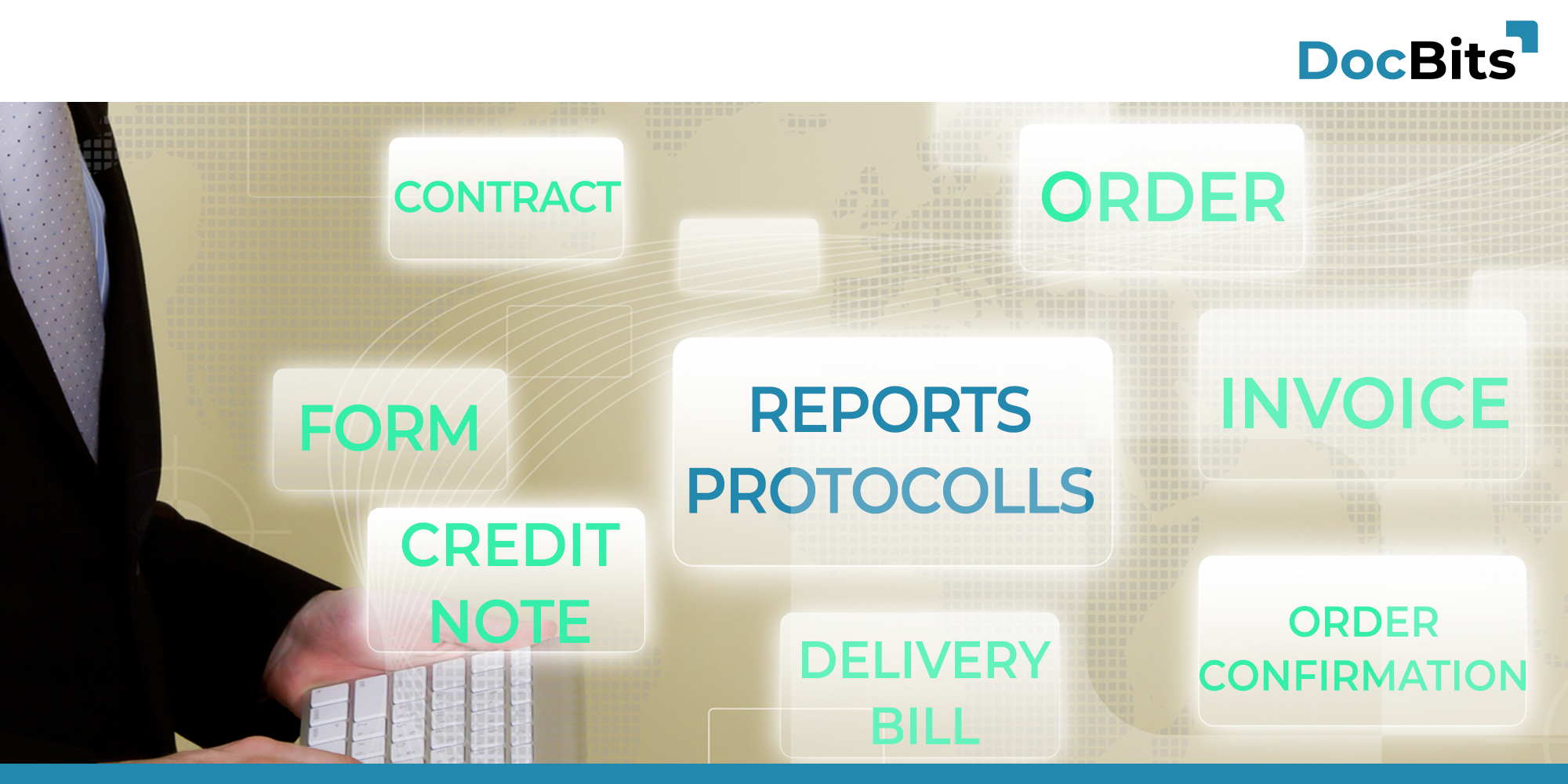We encounter reports and minutes in many areas of daily life. They are important documents that are often used as written records of events, discussions or results and serve as proof or evidence of a certain action or decision. In this article, you will learn what reports and minutes are, where you will encounter them in everyday life, and what their important components are.
Reports and minutes are written documents that are used to record information about a particular situation or event. They can have different purposes, such as documenting meetings (minutes of a teacher conference, a court hearing), recording results, or analyzing data (quality reports). Reports and minutes can be created by an individual or a group of individuals, depending on the type of information that needs to be captured.
Reports and protocols, as we have already noted, are found in many areas of daily life. For example, they are often used in meetings to record key discussions and decisions. In science, reports are used to document the results of experiments or research. In business, reports are often created by managers or executives to evaluate the performance of employees or teams. And then there are reports and protocols that evaluate the quality of products / services. Reports and protocols are also used in the administration of public institutions to document decisions or actions. In healthcare, reports and protocols are also made, such as the operating room report or the diagnostic protocol, in order to document and understand everything here as well.
Reports and protocols have certain components that are critical to their effectiveness and credibility. These include:
Minutes are always written in the present tense and should always be written objectively (personal opinions/statements have no place here).
An example of the use of minutes in everyday life is the documentation of meetings. Here, minutes are taken to record key discussions and decisions and to ensure that all participants are aware of how the meeting went.
An example of the use of reports is the evaluation of employee performance in an organization. Here, reports are created to evaluate employee performance and make recommendations for future action. The reports are often created by managers or executives and are used to inform decisions within the company. In manufacturing companies, for example, production, quality, cost, sales, human resources, and project reports are created. These reports are used to make decisions in the company and to monitor the progress and success of the company.
In healthcare, for example, in hospitals, these reports include the medical history sheet, nursing report, ward round report and operating room report.
Reports and logs are important documents used to record information about a particular situation or event. They can be found in many areas of daily life.
All documents we encounter in our professional lives, including reports and protocols, need to be edited and processed. We want to help you automate every stage of the document lifecycle with DocBits, an intelligent and simple document processing software solution.

Share: